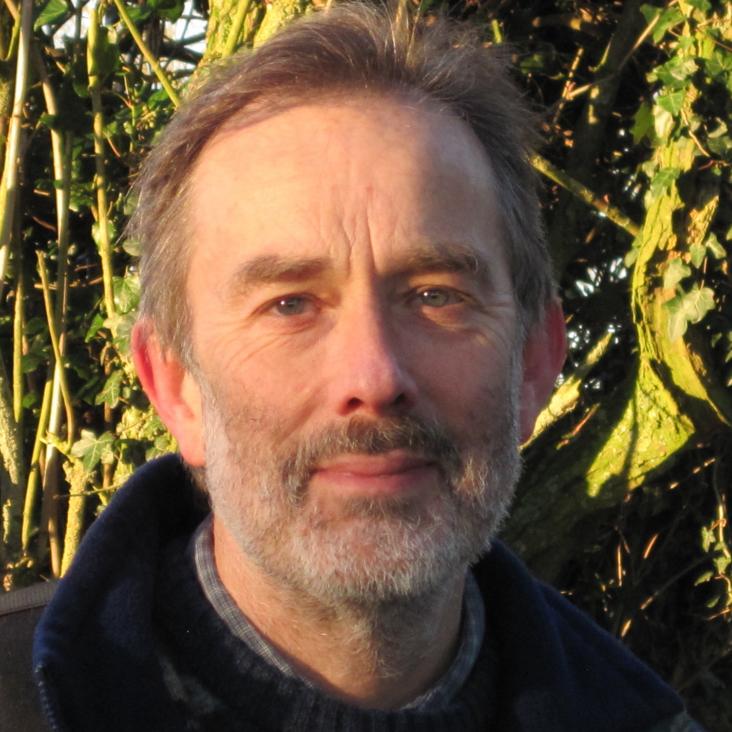The Kasteleyn transition in three dimensions: spin ice in a [100] field
ArXiv 0903.1155 (2009)
Abstract:
We discuss the nearest neighbour spin ice model in the presence of a magnetic field placed along the cubic [100] direction. As recently shown in Phys. Rev. Lett. 100, 067207, 2008, the symmetry sustaining ordering transition observed at low temperature is a three dimensional Kasteleyn transition. We confirm this with numerical data using a non-local algorithm that conserves the topological constraints at low temperature and from analytic calculations from a Bethe lattice of corner sharing tetrahedra . We present a thermodynamic description of the Kasteleyn transition and discuss the relevance of our results to recent neutron scattering experiments on spin ice materials.Caustic formation in expanding condensates of cold atoms
ArXiv 0902.2979 (2009)
Abstract:
We study the evolution of density in an expanding Bose-Einstein condensate that initially has a spatially varying phase, concentrating on behaviour when these phase variations are large. In this regime large density fluctuations develop during expansion. Maxima have a characteristic density that diverges with the amplitude of phase variations and their formation is analogous to that of caustics in geometrical optics. We analyse in detail caustic formation in a quasi-one dimensional condensate, which before expansion is subject to a periodic or random optical potential, and we discuss the equivalent problem for a quasi-two dimensional system. We also examine the influence of many-body correlations in the initial state on caustic formation for a Bose gas expanding from a strictly one-dimensional trap. In addition, we study a similar arrangement for non-interacting fermions, showing that Fermi surface discontinuities in the momentum distribution give rise in that case to sharp peaks in the spatial derivative of the density. We discuss recent experiments and argue that fringes reported in time of flight images by Chen and co-workers [Phys. Rev. A 77, 033632 (2008)] are an example of caustic formation.Geometrically frustrated antiferromagnets: statistical mechanics and dynamics
ArXiv 0901.3492 (2009)
Abstract:
These lecture notes are intended to provide a simple overview of the physics of geometrically frustrated magnets. The emphasis is on classical and semiclassical treatments of the statistical mechanics and dynamics of frustrated Heisenberg models, and on the ways in which the results provide an understanding of some of the main observed properties of these systems.Random Walks and Anderson Localisation in a Three-Dimensional Class C Network Model
ArXiv 0810.5105 (2008)
Abstract:
We study the disorder-induced localisation transition in a three-dimensional network model that belongs to symmetry class C. The model represents quasiparticle dynamics in a gapless spin-singlet superconductor without time-reversal invariance. It is a special feature of network models with this symmetry that the conductance and density of states can be expressed as averages in a classical system of dense, interacting random walks. Using this mapping, we present a more precise numerical study of critical behaviour at an Anderson transition than has been possible previously in any context.SU(2)-invariant continuum theory for an unconventional phase transition in a three-dimensional classical dimer model.
Phys Rev Lett 101:15 (2008) 155702


